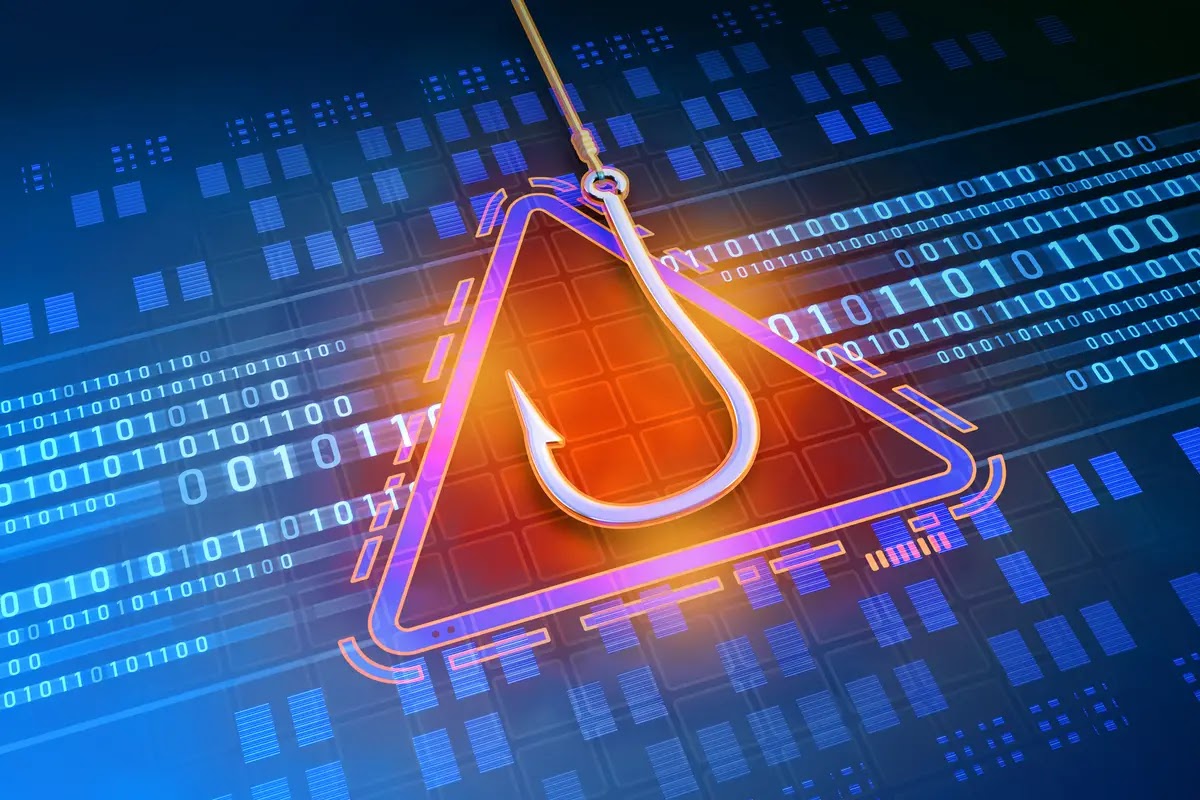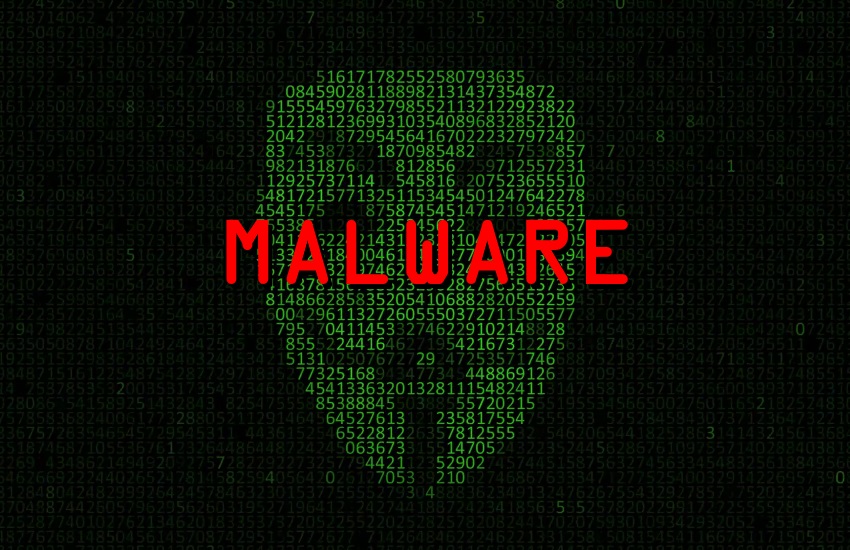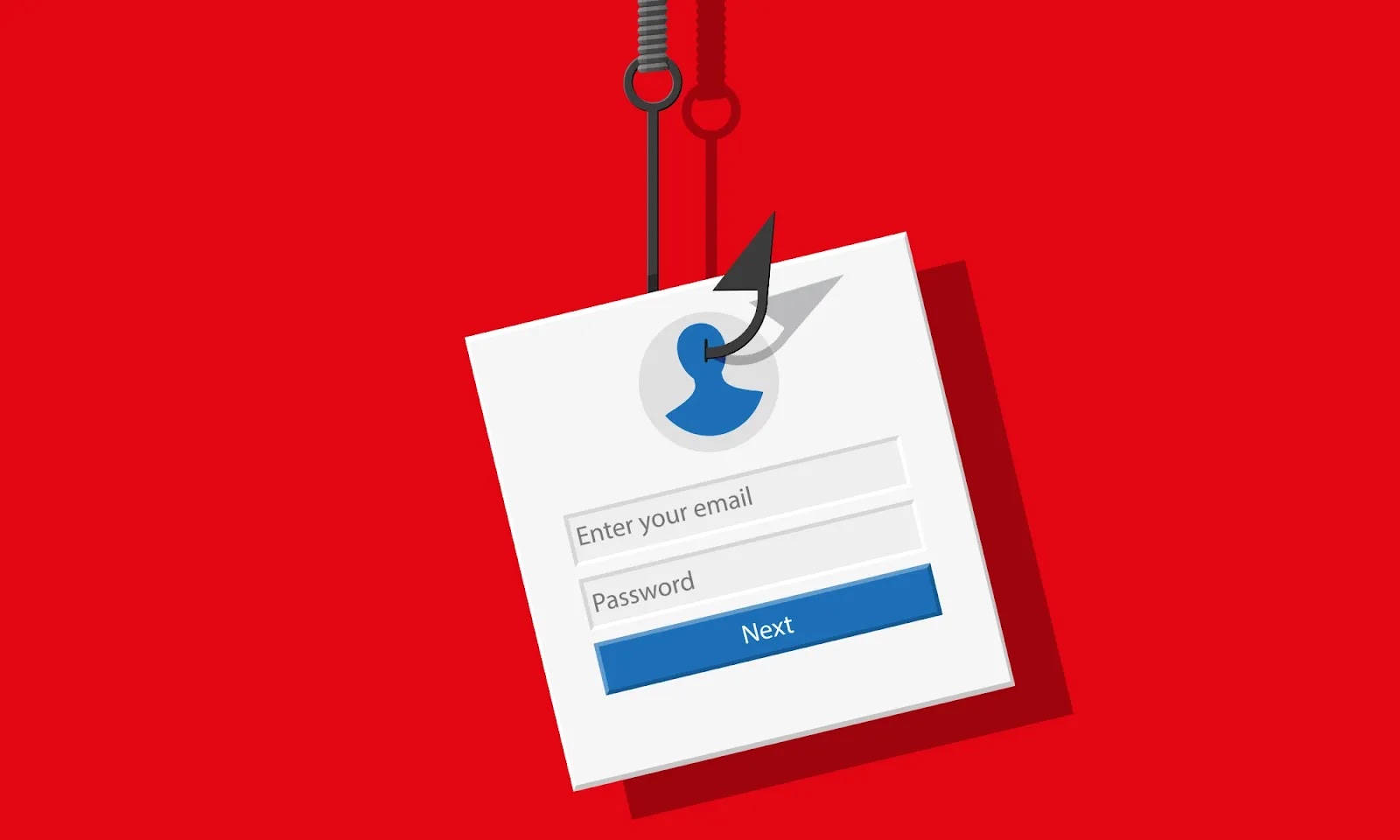Introductaion:

As the digital world continues to expand, so do the risks and threats of cybersecurity. With the increasing number of cyber attacks, it’s important to be aware of the different types of threats and learn how to protect yourself. Here are the top 5 cybersecurity threats and how you can safeguard your digital presence:
Phishing attacks:

One of the most common forms of cyber attack is phishing. This is where an attacker sends an email or message that appears to be from a legitimate source, such as a bank or social media platform. The message usually contains a link that takes you to a fake website where the attacker can steal your personal information. To protect yourself, always be wary of unsolicited emails or messages, and never click on suspicious links. Verify the sender's identity before sharing any personal information.
Malware:

Malware is any software that’s designed to harm your computer or steal your data. This can include viruses, trojans, spyware, and ransomware. To prevent malware from infecting your computer, keep your software and operating system up to date and avoid downloading files from untrusted sources. Install anti-malware software and perform regular scans of your system.
Social engineering attacks:

Social engineering attacks are designed to manipulate individuals into divulging confidential information or performing actions that could compromise their security. Examples of social engineering attacks include pretexting, baiting, and quid pro quo. To protect yourself from social engineering attacks, be vigilant when it comes to providing sensitive information, and always verify the identity of the person you are communicating with.
Password attacks:

Password attacks are attempts to gain access to your accounts by guessing or cracking your passwords. To protect yourself from password attacks, use strong passwords that are at least 12 characters long and include a mix of uppercase and lowercase letters, numbers, and symbols. Never reuse the same password across multiple accounts and use a password manager to securely store your passwords.
DDoS attacks:

Distributed denial-of-service (DDoS) attacks are designed to overwhelm a website or server with traffic, causing it to crash. To protect yourself from DDoS attacks, use a content delivery network (CDN) or web application firewall (WAF) to filter out malicious traffic. Keep your software and systems up to date to minimize the risk of vulnerabilities that can be exploited in a DDoS attack.
How to Protact Our Self?
Use strong passwords:

One of the easiest ways for cybercriminals to gain access to your accounts is through weak or easily guessable passwords. To create strong passwords, use a mix of upper and lowercase letters, numbers, and symbols. Avoid using personal information, such as your name, birthdate, or pet's name. Use a unique password for each account, and consider using a password manager to store and generate passwords.
Enable two-factor authentication:

Two-factor authentication adds an extra layer of security to your accounts by requiring a second form of verification, such as a code sent to your phone. This makes it much harder for cybercriminals to gain access to your accounts, even if they have your password.
Keep software up to date:

Software updates often include important security patches that fix vulnerabilities in the system. Make sure to keep your operating system, antivirus software, and other programs up to date.
Be cautious of phishing scams:

Phishing scams are emails, text messages, or phone calls that try to trick you into giving away personal information or downloading malware. Be wary of unsolicited messages and always double-check the sender's email address or phone number before responding.
Use antivirus software:

Antivirus software can help detect and remove malware from your computer. Make sure to use reputable antivirus software and keep it up to date.
Be careful what you share online:

Be mindful of what you post on social media and other public platforms. Avoid sharing personal information, such as your address, phone number, or financial information.
Use HTTPS:

Make sure to use HTTPS when browsing websites, especially when entering sensitive information like passwords or credit card details. HTTPS encrypts your traffic and makes it harder for cybercriminals to intercept your data.
Stay informed:

Stay up to date on the latest cybersecurity news and threats. Follow reputable sources and consider joining a cybersecurity community to learn from others and share best practices.
Conclusion:
In conclusion, cybersecurity threats are becoming increasingly sophisticated, and it’s essential to stay informed and take steps to protect yourself. By implementing best practices like using strong passwords, keeping your software up to date, and being vigilant for social engineering attacks, you can reduce your risk of falling victim to cyber attacks. Stay safe and be cyber-aware!
Thank You So Much For Your Valuabel Time to read My Bloging
Comments
Post a Comment